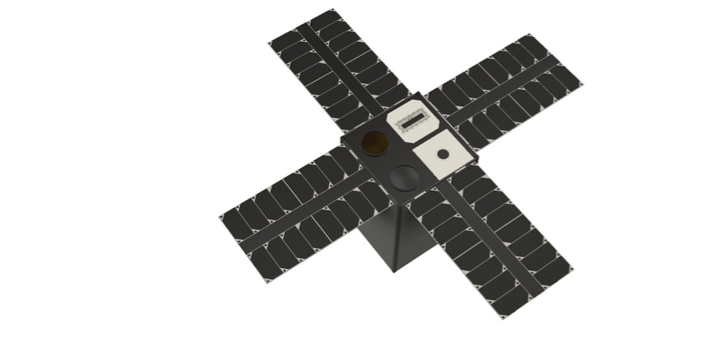LimPa mission: A small mission proposal to characterize the enigmatic lunar dust exosphere
- 1Swedish Institute of Space Physics, Solar System Physics and Space Technology, Kiruna, Sweden (futaana@irf.se)
- 2Aalto University, School of Electrical Engineering, Espoo, Finland
- 3Finnish Meteorological Institute, Helsinki, Finland
The lunar environment is known to be characterized by complex interactions between plasma, the exosphere, dust, and the surface. However, our understanding of the environment is limited due to the lack of experimental evidence. Here we propose a small, low-cost mission to characterize the dust and exosphere environment of the Moon. Named the Limb Pathfinder (LimPa), this is a proof-of-concept mission aimed toward understanding the coupling between plasma, dust, and tenuous neutral atmosphere. The LimPa mission was proposed to a call for the Small Mission to the Moon issued by European Space Agency in 2023. LimPa is designed to examine the dust exosphere above the lunar polar regions by using an utterly novel remote-sensing technique to measure the solar wind hydrogen atoms—the solar wind protons that are neutralized to hydrogen atoms (Figure 1). Its goals are 1) to detect for the first time the neutralized solar wind hydrogen produced by exospheric gas and levitated dust; 2) to measure the height profiles of the levitated dust and exospheric gas densities; and 3) to determine the emission mechanism of the horizon glow. Our baseline design of the LimPa mission is a 12U CubeSat (Figure 2). Three highly matured instruments are used: an energetic neutral atom camera, a proton sensor, and a camera system. The LimPa CubeSat is proposed to be inserted into a circular lunar polar orbit, with an altitude of 100 km as a baseline. The Sun-pointing attitude will allow measurements of neutralized solar wind that are produced by the exosphere and dust grains above the polar regions. The nominal lifetime is for three months as a pathfinder mission. The LimPa mission will open a new window to remote characterization of the lunar dust exosphere environment above the poles, and will demonstrate that this monitoring can be achieved with a simple and low-cost instrument system and spacecraft operation. The concept to be proven by the LimPa mission will enable long-term monitoring of the fragile dust exosphere environment, which substantially impacts on lunar exploration and will be significantly altered by human activities.

Figure 1: A conceptual illustration of the LimPa mission. The solar wind protons (pink trajectories) are neutralized by the exospheric gas or by the dust grains (green trajectories). By measuring these neutrals by LimPa Cubesat, we can retrieve the exosphere and dust information near the Moon.

Figure 2: A conceptual design of the LimPa Cubesat (12U).
How to cite: Futaana, Y., Kallio, E., Knuuttila, O., Nyman, L., Shimoyama, M., and Barabash, S.: LimPa mission: A small mission proposal to characterize the enigmatic lunar dust exosphere, Europlanet Science Congress 2024, Berlin, Germany, 8–13 Sep 2024, EPSC2024-515, https://doi.org/10.5194/epsc2024-515, 2024.